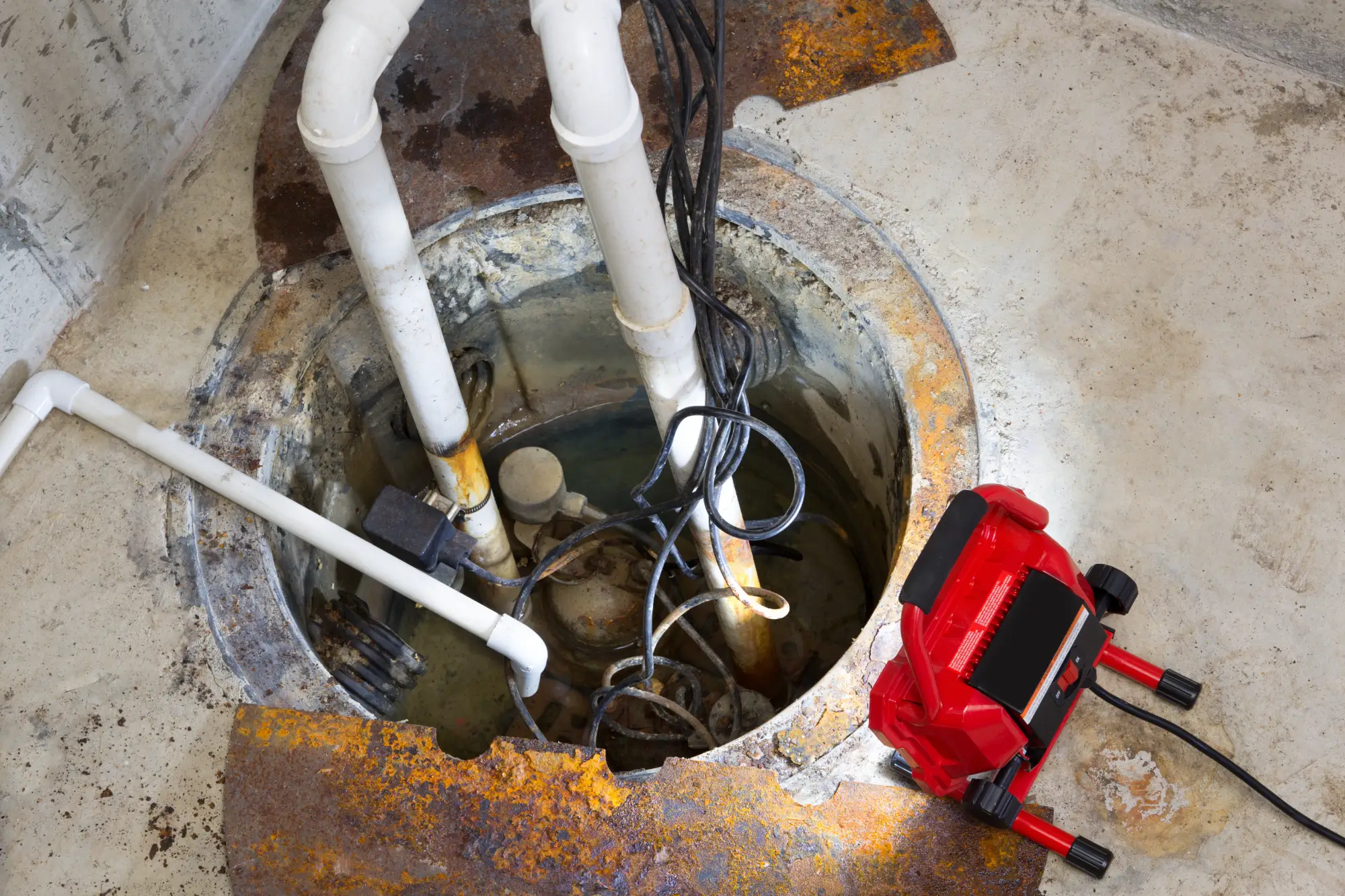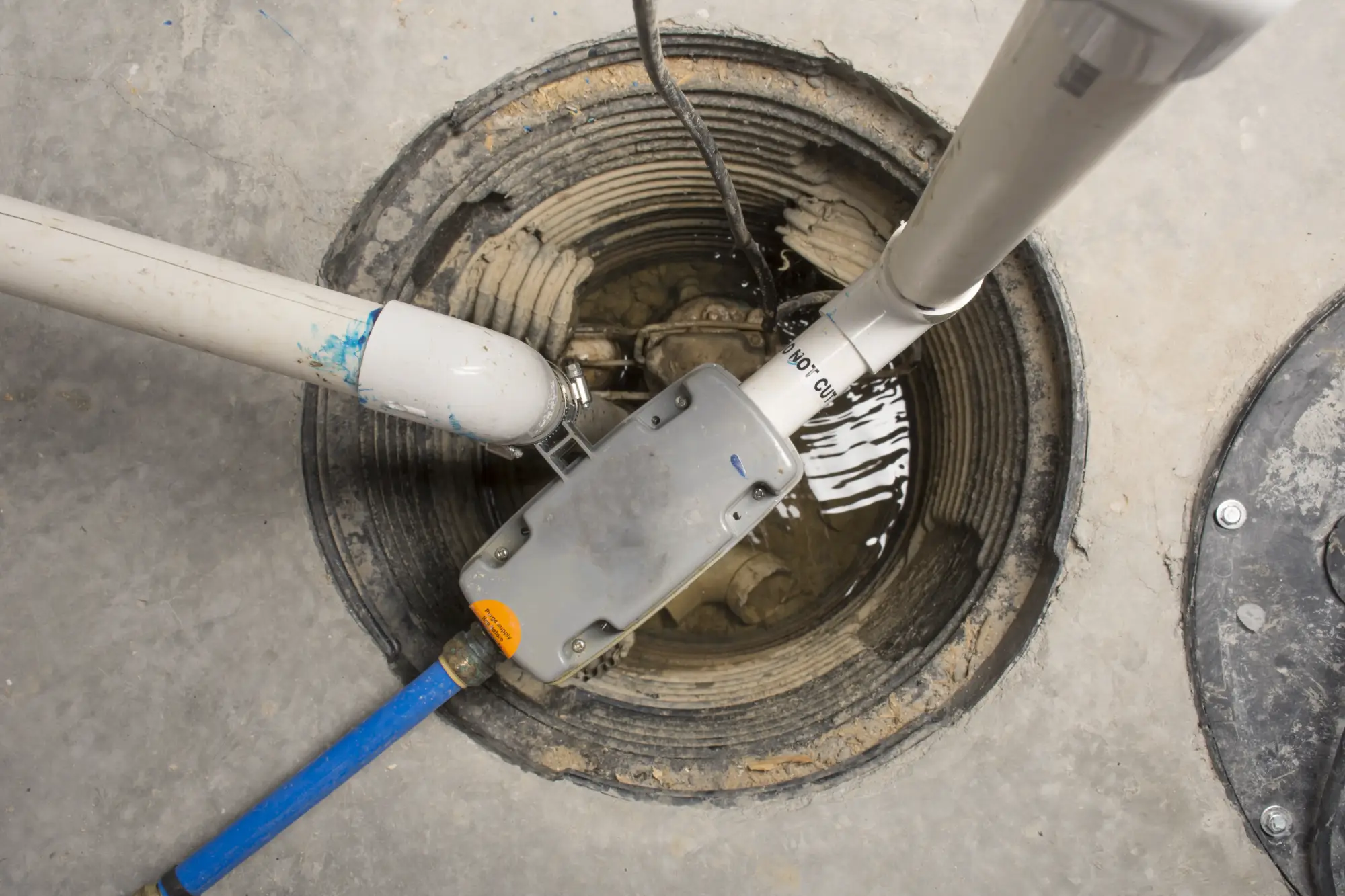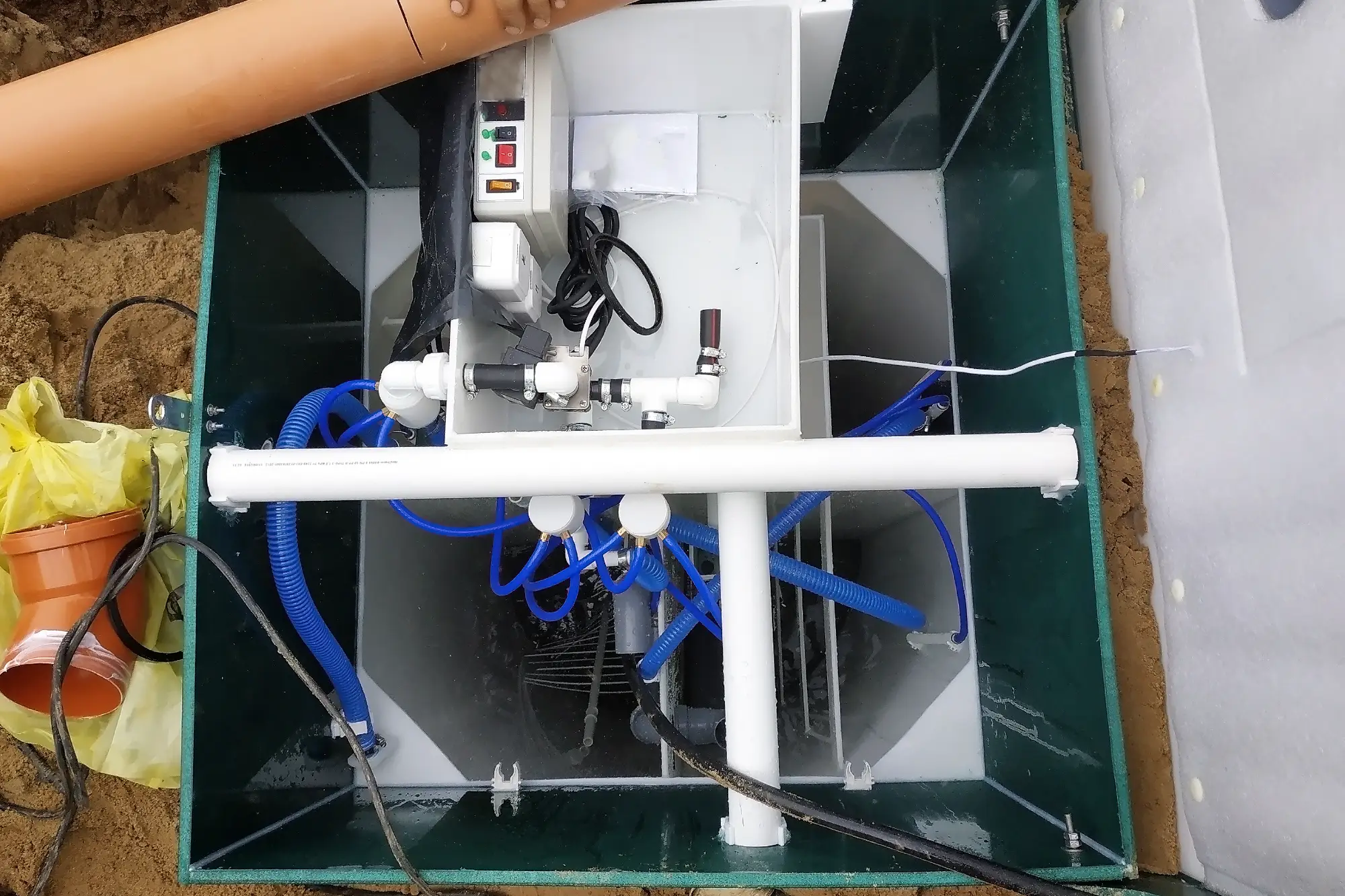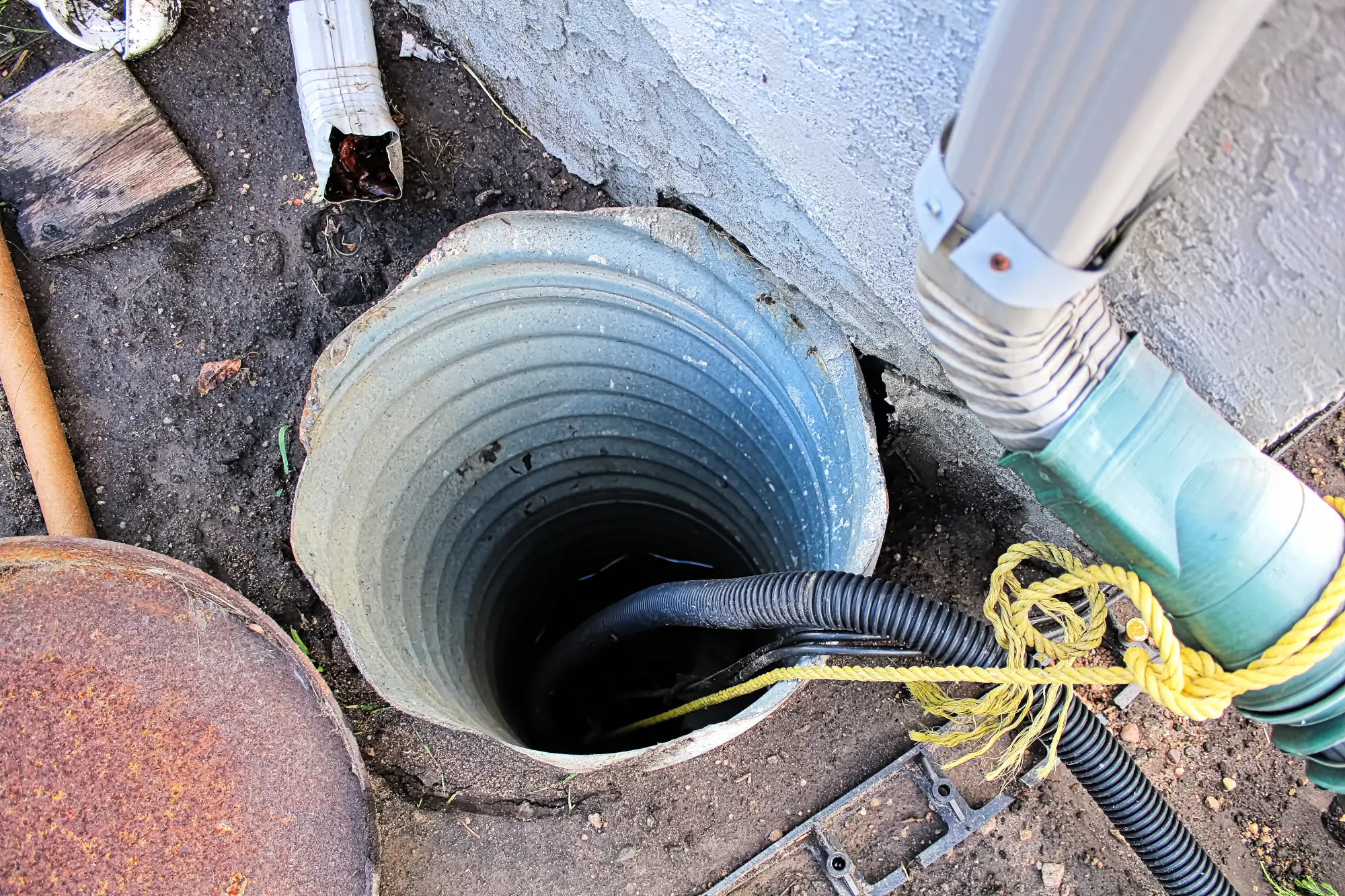Sump Pump Installation in Seaford, NY
Keep Your Basement Completely Dry
Professional sump pump installation that actually works when Long Island storms hit hardest.

Hear About Us

Basement Protection Seaford, NY
You’ll sleep through the next storm without wondering if your basement is flooding. Your sump pump system will kick in automatically, moving water away from your foundation before it becomes a problem.
No more rushing downstairs during heavy rains to check for water. No more moving belongings to higher shelves every time the weather forecast looks threatening.
Your basement stays dry, your belongings stay safe, and you get the peace of mind that comes with a properly installed basement sump pump system. That’s what happens when the installation is done right the first time.
Sump Pump Installers Seaford
Diamond Masonry & Waterproofing LLC has been protecting Seaford basements from water damage for years. We understand how Long Island’s clay soil and high water table create unique challenges that generic solutions can’t handle.
We’re not general contractors trying to figure out waterproofing as we go. Basement protection is what we do, and we’ve seen every type of water problem that Seaford homes face.
When you call us, you’re getting sump pump installers who know exactly what size system your basement needs and how to integrate it with your existing drainage.

Sump Pump Installation Process
First, we assess your basement’s specific water issues and measure the space to determine the right sump pump system size. We’re looking at your foundation, existing drainage, and how water moves around your property.
Next, we dig the sump pit in the lowest point of your basement floor and install the liner. The pump goes in with proper discharge piping that moves water well away from your foundation. We test everything to make sure it cycles properly.
Finally, we connect your new basement sump pump to a backup power source if needed and show you how the system works. You’ll know exactly what to expect when it kicks in during the next heavy rain.

Ready to get started?
Explore More Services
About Diamond Masonry & Waterproofing
Get a Free Consultation
Custom Sump Pump Solutions
Your sump pump installation comes with the right-sized pump for your basement’s square footage and typical water volume. We install proper discharge piping that won’t freeze in winter or dump water too close to your foundation.
You get a system designed for Seaford’s specific soil conditions and storm patterns. We’ve installed hundreds of these systems in Long Island homes, so we know what works and what fails when you need it most.
Every installation includes testing to make sure your pump cycles correctly and moves the right amount of water. We also check that it integrates properly with any existing basement waterproofing you have in place.

How do I know what size sump pump my basement needs?
What happens if my sump pump fails during a storm?
Can you install a sump pump in a finished basement?
How often does a sump pump need to be replaced?
Where does the water go when the sump pump runs?
Do I need a permit for sump pump installation in Seaford?
Local Resources
- Google Map Link
- Find the Seaford, NY USPS
- Locate Nearby Seaford, NY Pharmacies
- View the Current Weather in Seaford, NY
- Seaford, NY is located in Nassau county in New York State